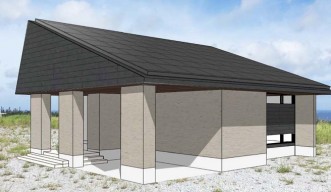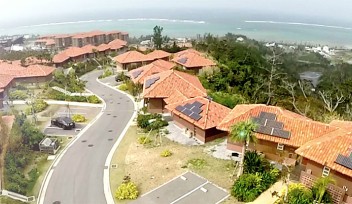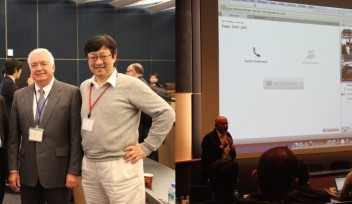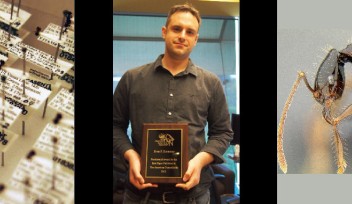OIST and Misawa Homes Institute of R&D Partner to Create Sustainable Living
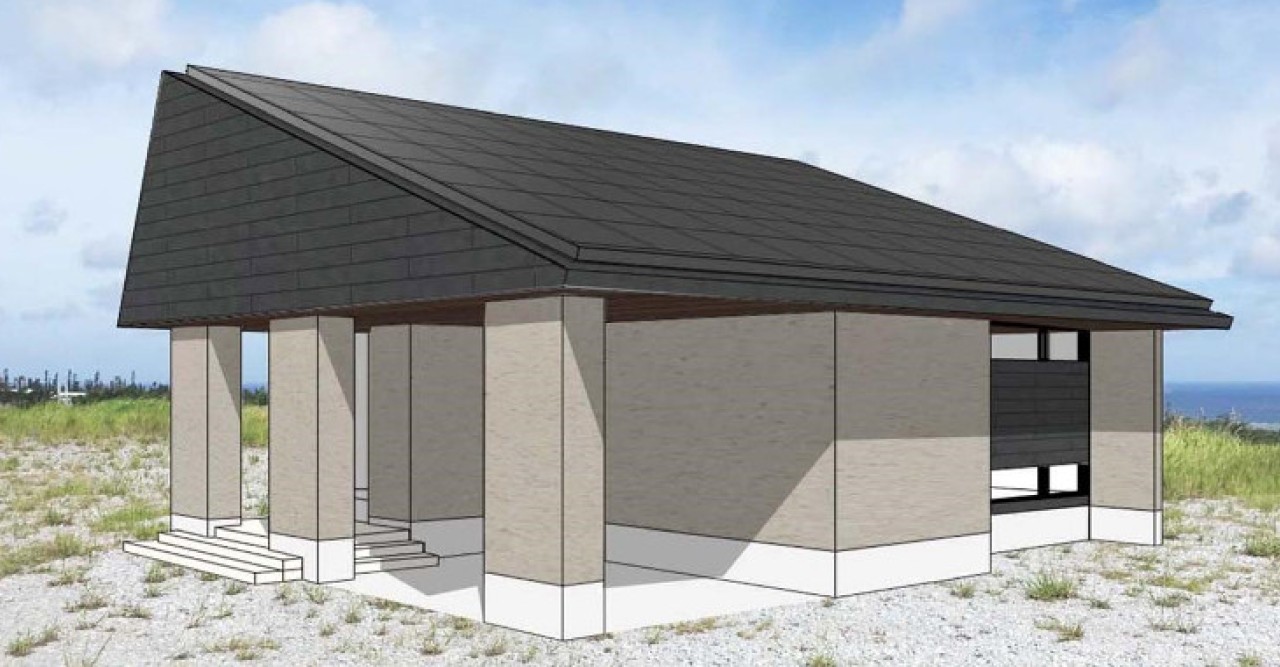
The Okinawa Institute of Science and Technology Graduate University (OIST) and Misawa Homes Institute of Research and Development (MHIRD) join forces to create an experimental eco-friendly house that runs on sustainable energy and is comfortable in hot, humid regions with the hopes of bringing this technology to developing nations.
The joint research between OIST and MHIRD comes at a pivotal time, as the population is continually increasing in hot and humid regions, such as Southeast Asia. In order to live comfortably in these areas, a large amount of electricity is needed for the use of air conditioners and dehumidifiers. As a result, there is an increase in greenhouse gas emissions, which are damaging to the environment.
Dr. Isamu Ohta, director of the Energy and Environment Center and joint research chief of MHIRD, expressed the importance of this research and his hopes for the future of the project.
“With the progress of global warming, sustainable societies and housing in hot, humid areas are of the utmost importance,” Ohta said. “The collaboration between OIST’s solar energy infrastructure and Misawa Homes Co. Ltd., which has created the world’s first zero energy household technology is a big step. We would like to find a solution to environmental and energy issues commonly seen in hot, humid areas both in Japan and overseas.”
The experimental house will be completed in March 2016 on the OIST campus. The house will integrate many aspects from the OIST “Open Energy Systems” project led by Prof. Hiroaki Kitano. This ongoing project includes using solar panels on 19 faculty houses on campus to create electricity for the homes. Any extra energy is stored in batteries for later use. All the houses are connected with direct current cable lines, so that energy can be exchanged between the houses.
“Sustainability is a global issue that we have been promoting with the Open Energy System by focusing on energy problems. At the same time, we need to find solutions for water and housing environment problems,” Kitano said. “Our joint research could be a big step toward the realization of sustainable and comfortable living, or the ‘the sustainable living architecture’ that could be used in developing countries and island nations.”
Based on the Open Energy Systems concept, electric power will be generated by rooftop solar panels and will be used to power room dehumidifiers, a radiant cooling system in the walls to act as an air conditioner, and indoor electric supply. At the time of completion, OIST and MHIRD will begin research into how well the house works.
Specialty
Research Unit
For press enquiries:
Press Inquiry Form










